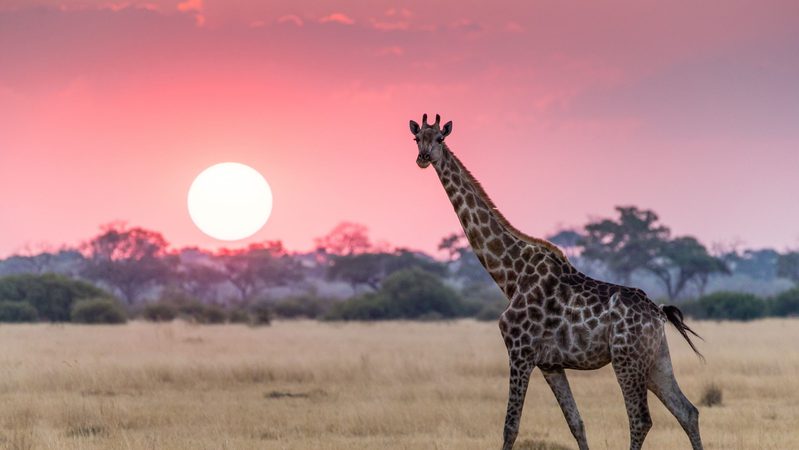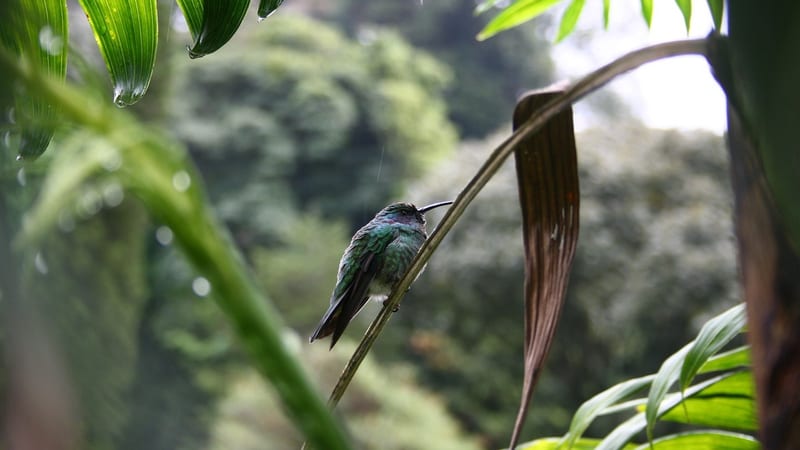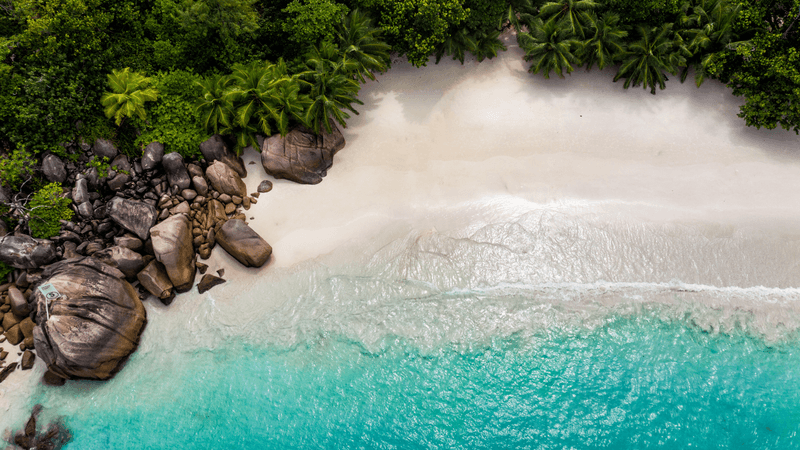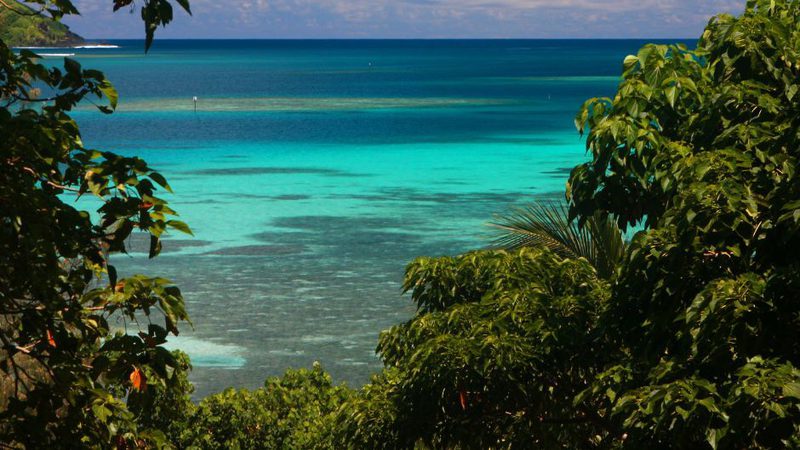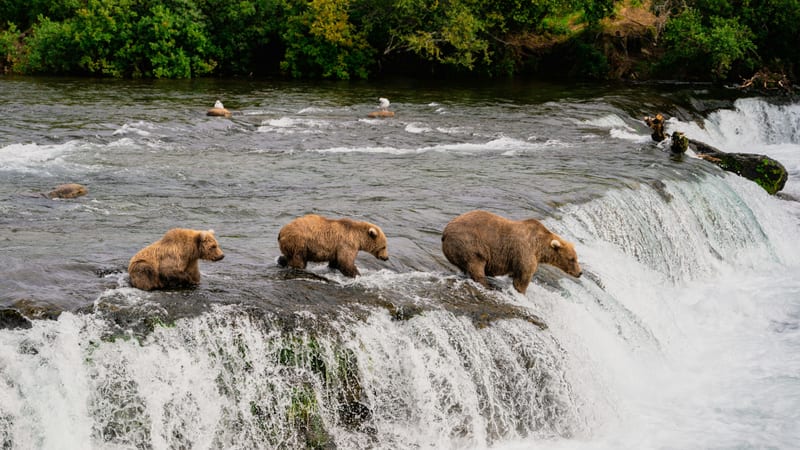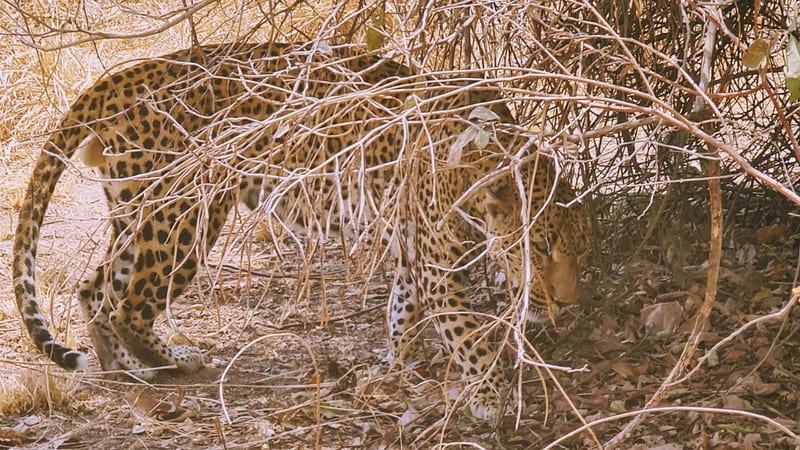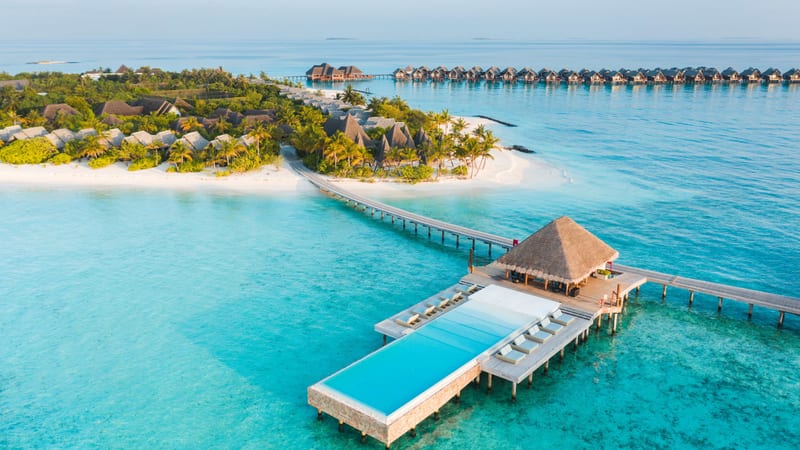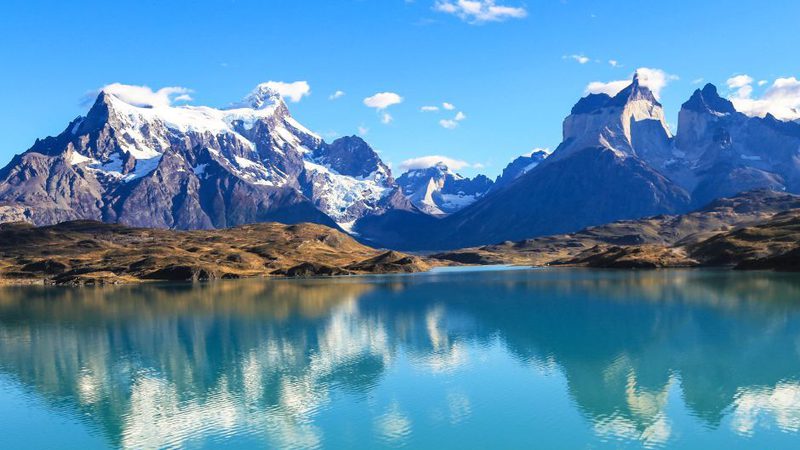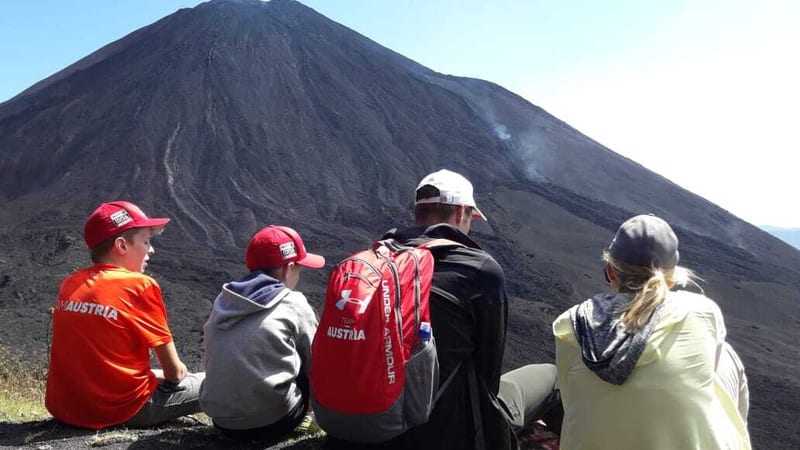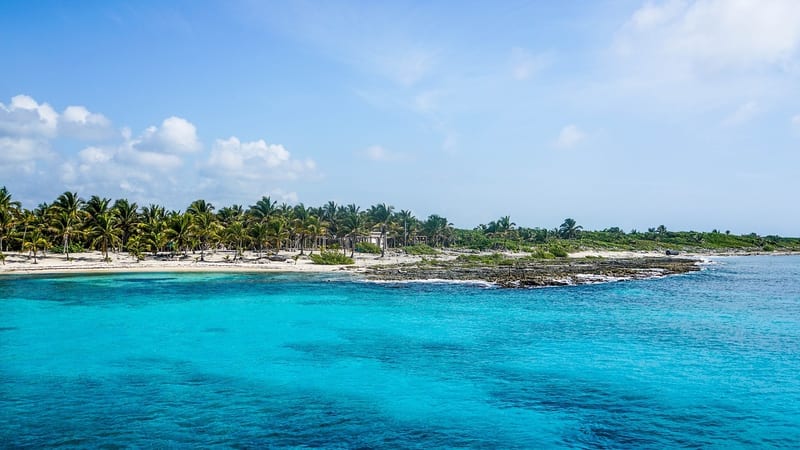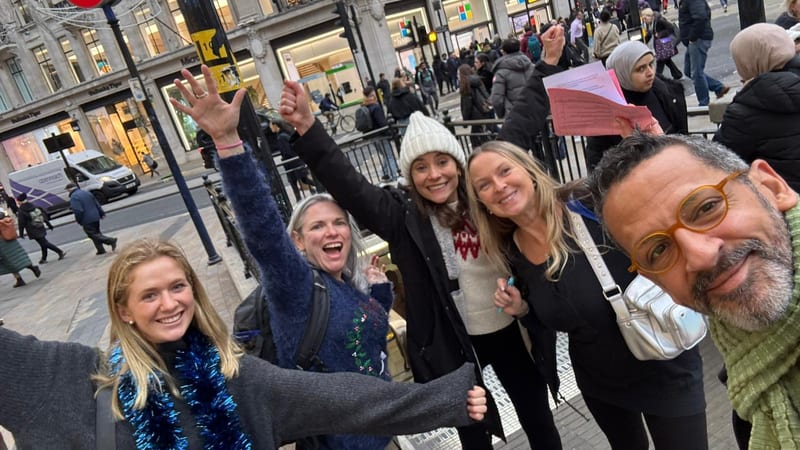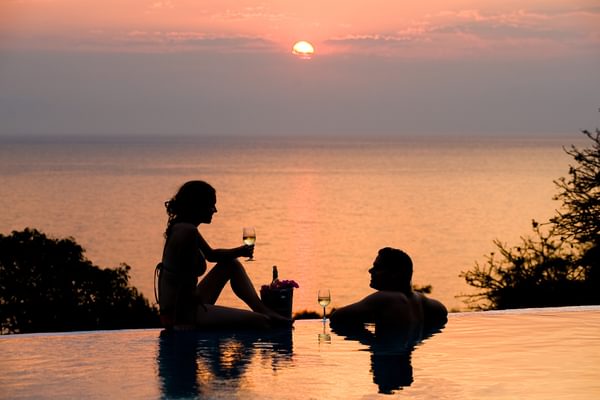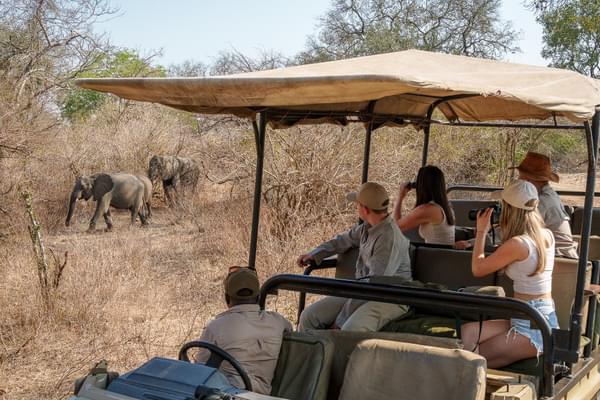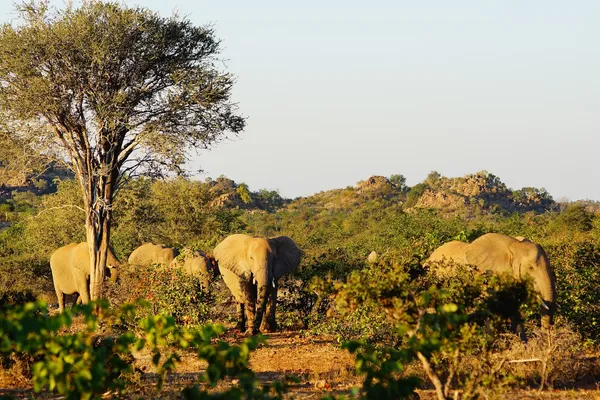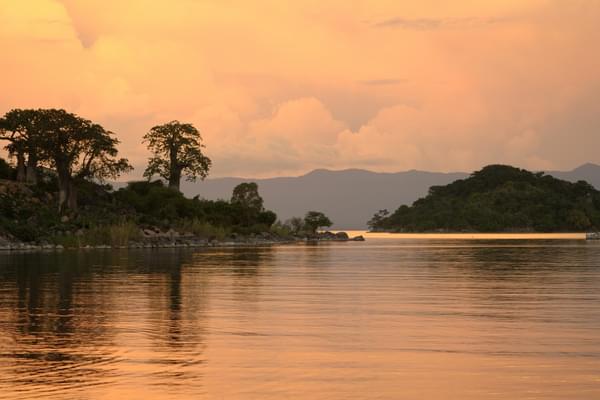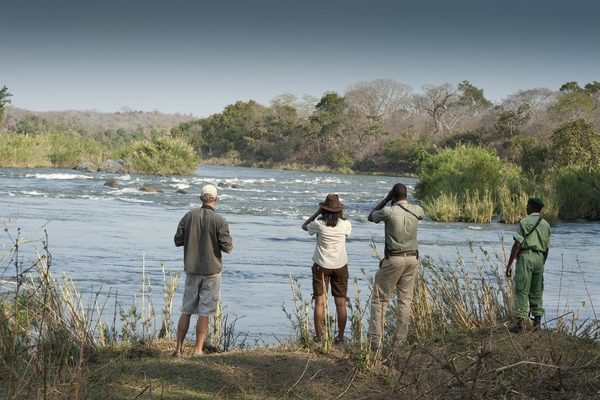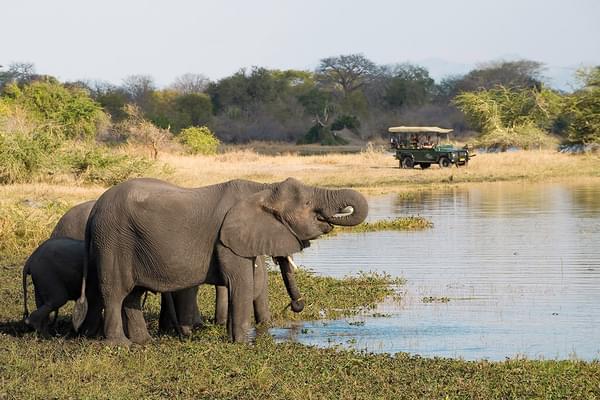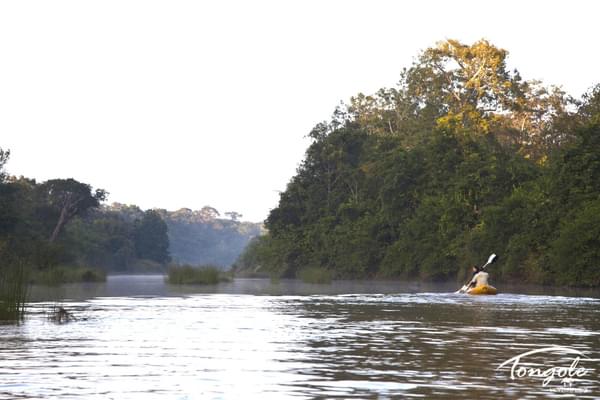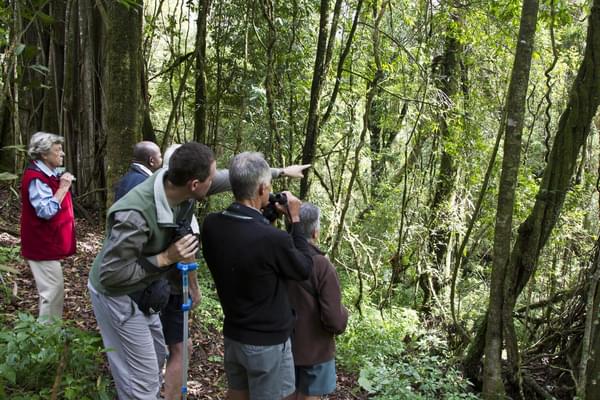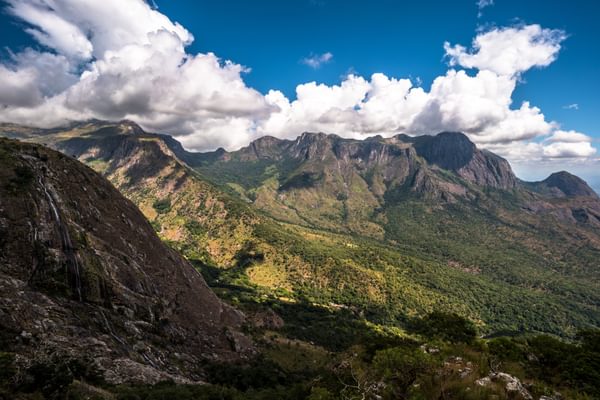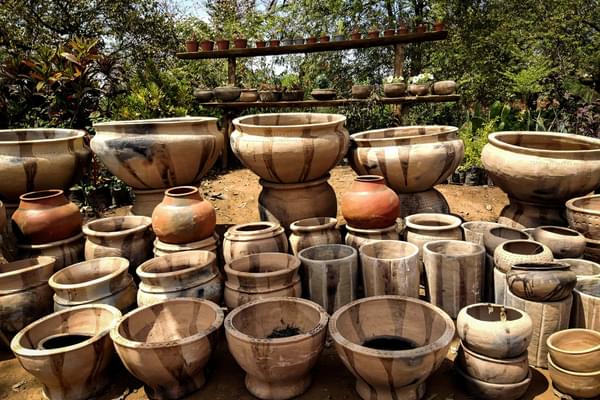Malawi, known as the ‘warm heart of Africa’
Compact in size, big on charm - Malawi blends wild safaris with golden shores and laid-back lakeside life.
As Africa experts, we often see Malawi overlooked in favour of its better-known neighbours. It’s a destination many save for their second or third visit to the continent, but we can say with certainty: everyone who visits wants to return. From snorkelling with rainbow-hued cichlids in Lake Malawi’s crystal shallows to spotting rhinos on the move in Majete, Malawi is a small but mighty country that leaves a lasting impression. Its charm is undeniable, from the welcoming locals to its tranquil landscapes.
Ben, one of our Africa specialists, took his three boys to Malawi. “It’s a place that grabs hold of you,” he says. “The boys have seen lions before, but swimming in Lake Malawi, chatting with local children, and hiking in the hills gave them a completely new experience of Africa. It was just so relaxed”.
Lake Malawi is the country's crown jewel. It stretches almost 600km, framed by golden sand and lush hills. Its shores are dotted with fishing villages and children splashing in the shallows. Beneath the surface, vibrant colourful Cichlids dart between rocks making for some spectacular snorkelling. Whilst the sandy shores of Lake Malawi are perfect for relaxing, those looking for a bit more adventure will love exploring the islands of Mumbo, Domwe, and Likoma even if just for a night or two. Here you'll find, remote beach lodges, serene forest trails, and hammocks tucked between trees creating your own perfect hideaway.
Malawi has so much to offer beyond its famous lake. Liwonde and Majete are undoubtable conservation success stories. Once depleted, they now teem with life — elephants in the bush, lions lounging in the heat, hippos crowding the Shire River. Explore by boat or on safari, and you’ll find the wildlife inspiring. Further north, Nyika National Park offers something different. Its high plateau grasslands burst with wildflowers in the rains, and you’ll spot zebra, eland, and maybe even leopard. Cool, peaceful, and perfect for walking or biking, it feels like your own private wilderness and is sometimes likened to the French Alps.
We know it is a cliché, but it’s the people who make Malawi unforgettable. Nicknamed the ‘Warm Heart of Africa’, the country’s hospitality is heartfelt and ever-present.
Small in size, big on experience — Malawi is perfect for those who want to explore a destination full of heart, beauty, and conservation success.
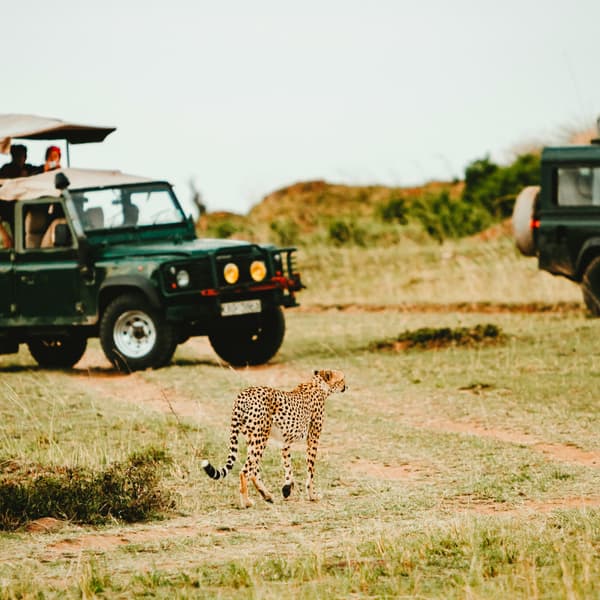
Majete Safari and Lake Malawi Adventure
- Majete Wildlife Reserve
- Lake Malawi
The Majete Wildlife Reserve & Lake Malawi provide a stunning alternative safari experience without the crowds, perfect for first time visitors to Africa or repeat safari-goers looking for something different.
Malawi Trip Inspiration
When to go to Malawi
Find out the best time to visit Malawi with our month by month guide.
- Best
- Good
- Mixed
- Jan
- Feb
- Mar
- Apr
- May
- Jun
- Jul
- Aug
- Sep
- Oct
- Nov
- Dec
January
January is a good time for bird watchers, migratory birds from the Northern Hemisphere flock to Malawi's National Parks. The rains are in full flow with impressive thunderstorms lighting the sky across the country regularly - many lodges around the shores of Lake Malawi will be closed during this time.
February
Rain continues to pour regularly in February. The bird watching is incredible particularly in the high altitude Nyika National Park with many flowers blooming carpeting the lower plateaus.
March
In March the weather is still somewhat unsettled with regular rains, these diminish as the month goes on. Birders will be in paradise, young birds are spreading their wings for the first time preparing for their epic journey back to the Northern Hemisphere.
April
Rains begin to subside, the sun starts to shine and temperatures increase. Wildlife viewing is good, observers can watch animals emerge across Liwonde National Park. In particular antelopes are in rut and visitors to Malawi's National Parks can experience incredible clashes between rival males.
May
Days become sunnier and cooler during May. Wildlife viewing is at its best due to less vegetation and the animals gathering together around waterholes.
June
June days are long and sunny, but it's Malawi's winter and the temperatures drop significantly at this time of year. The evenings and mornings are very cold in the highland regions, with log fires lit. The dry season means animals congregate around the Shire River in Liwonde National Park for easier access to water and rich green vegetation - large numbers of elephants can be present at this time of year due to dwindling water levels.
July
July is a perfect time to visit Malawi, skies are clear there are less mosquitoes and there's virtually no rain. Although its high season, most of the National Parks won't be crowded despite the spectacular sightings of larger elephant herds - often reaching into the hundreds!
August
In August the weather warms, with daytime peak temperatures averaging around 30°C, whilst night time averages rise to 10°C. If you want to experience large wildlife herds, this is the time of year to visit. Water is diminishing and spaces at watering holes are becoming limited leading to increasing tensions between the animals. It's an amazing time to enjoy the delights of Lake Malawi's azure waters, with temperatures perfect for watersports or relaxing in the sun lakeside.
September
Night time temperatures rise rapidly, whilst daytime averages remain in the mid 20°Cs. With clear skies and dry vegetation concentrations of animals are still great but starting to dwindle in comparison to July and August. Lake Malawi is popular this time of year, the increased wind conditions make it perfect for an afternoon sail.
October
October is a humid month, temperatures regularly rise above 40°C and night times are increasingly warm. If you want to witness the world's largest antelope, the eland, can often be seen as they start regrouping for their breeding season - with herds reaching into the hundreds it makes for an awe inspiring sight.
November
The green season, November witnesses the first few storms of the rainy season arriving. It marks the arrival of the many migratory birds from the Northern Hemisphere.
December
In December the rains become more regular, with thunderstorms occurring every few days. With lush green scenery animals can be difficult to see because of the thick vegetation and the abundance of water. But birders will have an amazing time witnessing the incoming flurry of migratory birds.
Where to go in Malawi
Best places to visit in Malawi
Best places to stay in Malawi
Read more about Malawi on our blog
Speak to a Malawi expert today
and start planning your tailor-made vacation

Alistair

Ben


